
Kudos has partnered with CardRatings and Red Ventures for our coverage of credit card products. Kudos, CardRatings, and Red Ventures may receive a commission from card issuers. Kudos may receive commission from card issuers. Some of the card offers that appear on Kudos are from advertisers and may impact how and where card products appear on the site. Kudos tries to include as many card companies and offers as we are aware of, including offers from issuers that don't pay us, but we may not cover all card companies or all available card offers. You don't have to use our links, but we're grateful when you do!
The $200 Billion Credit Card Secret: How Americans Leave Billions on the Table
July 1, 2025


Introduction: The $200 Billion Secret
The Hidden Economy of Credit Card Rewards
Credit card rewards have evolved from simple perks into a key driver of consumer spending, shaping how Americans save, travel, and optimize their finances. Rewards programs power trillions in annual credit card spending, with consumers earning billions in cashback, points, and travel perks each year.
In 2022 alone, U.S. consumers earned over $40 billion in rewards on $4.7 trillion in credit card spending, according to the Consumer Financial Protection Bureau (CFPB). However, beyond the rewards themselves, the total economic earnings potential in the ecosystem—including merchant-funded incentives, ancillary card benefits and welcome offers—exceeds $200 billion annually.
Yet, many cardholders are not optimizing their rewards, leaving substantial value on the table in two key ways: they are both under-earning and under-redeeming their rewards. Aggregated and anonymized data from over 300,000 Kudos members shows that mismatched cards in wallets, suboptimal spending habits, and unused perks contribute to widespread lost earnings. Additionally, 23% of rewards cardholders haven’t redeemed any of their rewards in the past year (CNBC), representing billions in unclaimed value. This creates a "double gap" in the rewards ecosystem—consumers are both failing to maximize their earnings and missing out on the rewards they've already accrued.
This report quantifies the extent of these inefficiencies and provides data-driven strategies to help consumers unlock the full potential of their credit card rewards.
The Three Biggest Ways Americans Leave Money on the Table

Our analysis of real consumer spending data from 300,000+ Kudos members highlights three key ways consumers are missing out:
(1) Wallet Gaps – Holding the Wrong Cards for Their Spending Habits
Many cardholders carry suboptimal credit cards, meaning they fail to maximize their spending categories.
- Kudos’ Dream Wallet analysis finds that users with $50K+ in annual spend who currently have 2-3 cards in their wallets can unlock an average of $1,348 in additional rewards in Year 1 (including sign-on bonuses) and $571 per year from Year 2 onward by adding their top recommended card— with similar gains possible across other top recommendations.
- Without these optimizations, consumers earn far fewer points, miles, cashback and card perks than they could be, even if they spend responsibly.
(2) Inefficient Card Use – Not Using the Best Card for Each Purchase
Even when consumers have strong rewards cards, they often fail to use the optimal card at checkout, leading to significant lost earnings.
- Only 54% of transactions analyzed were made using the best available card, meaning nearly half of all purchases could have earned more.
- The average users with $50k in annual spend and with 2–3 cards missed an average of $441 annually, while those with 4–6 cards missed $651 by not optimizing their spending.
- Users with 7+ cards lost the most, leaving $2,087 per year on the table, proving that having more cards doesn’t always mean better rewards—it’s how you use them that matters.
(3) Unused Perks – Overlooking High-Value Benefits
Credit cards offer thousands of dollars in annual benefits, but most consumers don’t take full advantage.
- The average Kudos user leaves $624 in card benefits unused each year, failing to redeem travel credits and subscription perks. This figure does not include card protections, as we don’t have a reliable way to measure their utilization.
- Among the most overlooked credits:
- Airline fee reimbursements and hotel credits
- Complimentary memberships (e.g., DashPass, Instacart+), streaming credits, and rideshare benefits
- Overlooked Protections such as purchase protection, extended warranties, and trip insurance are valuable benefits that can save consumers thousands of dollars per year. However, we couldn’t quantify the exact gap in utilization since we lack visibility into specific instances where members could have taken advantage of these benefits but didn’t. The challenge is that most consumers are unaware of these perks or don’t take the necessary steps to claim them.
This report will dive into each of these areas in depth, using data-driven insights to identify the biggest inefficiencies—and actionable strategies to fix them.
Why This Report Matters

What could you do with an extra $1,000 each year? That’s a round-trip international flight, a month’s rent, or extra savings for retirement. Yet, many consumers unknowingly give up this money by not using their credit cards efficiently. This report isn’t just about points—it’s about helping you take control of your finances and make smarter money decisions.
Credit card rewards aren't just a bonus—they’re an essential part of financial optimization. Yet, without the right tools or strategies, most Americans fail to claim their fair share of available rewards.
- This report quantifies the money left on the table – Using aggregated data, we break down exactly how much consumers are missing out on through wallet gaps, poor card usage, and underutilized benefits.
- We expose the most overlooked rewards – From hidden perks to spending inefficiencies, we highlight where the biggest losses occur.
- We provide a clear roadmap for optimization – Through real data-driven strategies, we outline how to maximize rewards without changing spending habits.
Each of the following sections will explore a different part of this problem, offering data-backed solutions to help consumers bridge the gap between potential and actual rewards earnings.
Wallet Gaps: The Cost of Holding the Wrong Cards

The Cost of an Incomplete Wallet
Many credit card users assume they are earning optimal rewards simply because they use a rewards card. However, data from 300,000+ Kudos members reveals that many consumers lack the right cards for their spending habits, leading to significant missed earnings.
A wallet gap occurs when a consumer does not have a card that aligns with their primary spending categories, meaning they are missing out on elevated rewards or statement credits that could add up to thousands of dollars in value per year.
The Most Common Wallet Gaps by Spending Category
Kudos’ Dream Wallet analysis identified the following as the top 3 spending categories where users are missing an optimal credit card:
- Travel Spending – Many users rely on general rewards or cashback cards, missing out on premium travel cards that could offer 3x-5x points on flights, hotels, and transit or provide valuable perks like lounge access and travel credits.
- Dining & Groceries – While many consumers spend heavily in these categories, a large portion lack cards that offer 4-6% cashback or bonus points on food and groceries.
- Gas & Transit – A major spending category where many users are still relying on flat-rate cashback cards instead of category-optimized options that offer 3-5x points or 5% cashback.
How Much Users Could Earn by Closing Wallet Gaps

By analyzing millions in transaction data, Kudos' Dream Wallet pinpoints missed reward opportunities and recommends the most impactful card addition based on each user's unique spending patterns.
For users with $50K+ in annual purchases and 2-3 cards in their existing wallet, our analysis shows that adding just the top Dream Wallet card could unlock an average of $1,348 in Year 1 (including a welcome offer) and $571 from Year 2 from ongoing rewards.
This highlights a crucial insight: effective card optimization isn’t about having more cards—it’s about strategic alignment with your spending. Even experienced cardholders with larger wallets (4+ cards) can capture hundreds in additional rewards by fine-tuning their card mix.The key is precision—by adding just one carefully selected card that complements your existing wallet, you can maximize rewards on your current spending—without changing your habits.
Why Consumers Struggle to Fill These Gaps
Many users struggle to build an optimized wallet that fully aligns with their spending habits. Based on user feedback and data analysis, the most common reasons include:
- Overwhelming Card Choices – With over 3,000 credit cards available in the U.S., many consumers find it difficult to identify the cards that best fit their lifestyle. They often default to familiar or widely advertised cards rather than those that maximize rewards for their actual spending habits.
- Lack of Awareness of Potential Earnings – Many users don’t realize how much more they could be earning with a better-aligned card.
- Hesitation to Open New Cards – Some cardholders fear that applying for new cards will hurt their credit score, even though responsible card management can actually improve credit over time by increasing available credit and lowering utilization.
- Sticking With Familiar Cards – Many users continue using the same cards out of habit, even when their spending patterns change. A card that once worked well might no longer be the best fit, but users don’t reassess their options frequently enough.
Additionally, engagement with rewards programs varies by generation. While younger consumers may have fewer prime cards and lower average incomes, 42% of Gen Z and 39% of millennials redeemed travel rewards in the past year, compared to 17% of Gen X and 14% of boomers (CNBC). This highlights an opportunity to better educate and empower all cardholders—especially those who may not actively track or redeem rewards as frequently—to maximize the value available to them.
💡 Stop settling for generic credit card recs! Dream Wallet analyzes your actual spending habits to find your perfect card match and maximize rewards. No more guesswork - just data-driven recommendations personalized for you.
Missed Rewards: How Bad Swipes Drain Earnings

Leaving Money on the Table with Poor Card Selection
Even among consumers who have a solid mix of credit cards in their wallet, many fail to use the best card for each purchase, leading to significant lost rewards.

Data from 300,000+ Kudos members shows that:
- Nearly half (46%) of transactions were made with a suboptimal card, meaning the user could have earned more rewards by using a better option.
- The average high-spending user ($50K+ annual spend) lost between $441 and $2,087 in missed rewards simply by not using the best card in their wallet.
This means that even consumers who have strong rewards cards are failing to maximize them, often defaulting to convenience rather than optimizing their card usage.
Where Consumers Fail to Use the Best Card
Data from Kudos shows that inefficient card use is especially common in key spending categories. The top areas where users frequently fail to use the optimal card include:
- General Stores – 25% of transactions where the best card was not used happened at general merchandise stores, where rotating category bonuses or store co-branded cards already in their wallets often offered higher rewards.
- Dining & Fast Food – 19% of transactions in this category did not use the best card, even though many cards in their wallets offered 3-4x points on dining.
- Grocery Stores – 15% of grocery transactions were made with non-optimal cards, despite many users having grocery cards offering 4-6% cashback.
- Gas Stations & Transit – 10% of transportation-related purchases (gas, rideshares, public transit) were made with suboptimal cards, missing out on potential 3-5x points per dollar based on cards that members had in their wallets.
Streaming services, on the other hand, had the highest rate of optimal card usage, likely due to autopay setups and users deliberately linking the best card for those recurring payments.
How Much Consumers Lose by Not Using the Right Card
By analyzing actual transactions, Kudos found that the average consumer with $50k+ in annual spend missed out on hundreds of dollars in rewards per year simply by swiping the wrong card:
- Users with 2-3 cards lost an average of $441 per year.
- Users with 4-6 cards lost $651 annually by not optimizing their spending.
- Users with 7+ cards lost $2,087 annually—despite having access to more high-earning cards.
This highlights a "paradox of choice"—while having more cards should, in theory, lead to higher rewards, the added complexity actually reduces optimization, leading to greater losses. Tools like Kudos help solve this by automatically selecting the best card for each purchase, ensuring users maximize their earnings without the hassle of manual tracking.
Who Is Most Likely to Use the Wrong Card?
Certain user behaviors and demographics make people more prone to suboptimal card usage:
- Users with more cards are more likely to make mistakes.
- Consumers with 7+ cards had the highest rate of incorrect card usage and left the most rewards on the table.
- Those with fewer than 3 cards tended to use the correct one more often, simply because they had fewer choices.
- Higher credit score users are more likely to use the wrong card.
- 52% of transactions from users with a 740+ credit score were made with a suboptimal card.
- In contrast, 74% of transactions from users with poor credit scores (300-579) used the best available card, likely because these users have fewer cards and default to their primary one.
- Users with auto-pay and habitual spending patterns rarely change cards.
- Many consumers set their default card for online purchases, subscriptions, or mobile wallets and never adjust—even when better earning opportunities exist.
Why Consumers Use the Wrong Card
Even when users have strong card lineups, they often fail to use the optimal card for each purchase, leading to lost rewards. The top reasons we heard from users include:
- Forgetting Category Bonuses – Many users default to using one or two cards for all purchases rather than selecting the best card for a specific category. For example, using a flat-rate cashback card instead of a dining-focused card that earns 4x points on restaurants can mean leaving hundreds of dollars on the table annually.
- Unclear Spending Categories – Some purchases, like Uber rides or meal delivery, may not code as users expect, leading them to use the wrong card. Without clear guidance, they miss out on enhanced rewards from category-specific cards.Some purchases may code differently than users expect because merchants are assigned specific category codes by payment networks. For example, purchases at stores like Target or Walmart might code as "general merchandise" or "discount store" rather than "groceries", even when buying food items there. Without clear guidance, users may unknowingly use a card that earns fewer rewards than expected, leading to missed earnings on everyday purchases.
- Inconvenience of Switching Cards – Users often cite the hassle of remembering which card to use, especially for small or recurring transactions. Instead of optimizing for maximum rewards, they rely on the same card out of convenience.
- Lack of Tracking Tools – Without a system to track and remind them which card is best for a given purchase, users fall back on default habits rather than maximizing rewards. Our data shows that cardholders used the optimal card for only 54% of transactions, meaning nearly half of purchases could have earned more rewards.
Unused Perks – The Free Money Cardholders Forget

Credit card perks extend well beyond cashback and points. Many premium cards offer high-value benefits like travel credits, shopping protections, and complimentary memberships, yet millions of cardholders fail to use them. These unused perks represent a huge missed opportunity, with Kudos data showing an average of $624 in annual value left on the table per user due to unredeemed credits—excluding card protections, as we don’t have a reliable way to measure their utilization.
Even with these perks automatically available to cardholders, many go unused due to lack of awareness, complexity in redemption, or failure to track expiration dates. Many valuable credits and perks also aren’t automatic—they require cardholders to actively enroll or activate them first.
Where Consumers Miss Out the Most
From travel perks to everyday spending, the most overlooked benefits fall into four key categories:
(1) Travel Perks Left on the Table:
Many travel-related credits are left unclaimed because they require proactive activation or specific redemptions:
- American Express Platinum Card® (See Rates & Fees) provides up to a $200 airline fee credit, but it only applies to incidental charges like baggage fees and seat upgradesAdditionally, cardholders must enroll and select an airline within a limited annual window, making it easy to overlook and frequently underutilized
[[ SINGLE_CARD * {"id": "106", "isExpanded": "false", "bestForCategoryId": "15", "bestForText": "Frequent Travelers", "headerHint": "Serious Points on Flights"} ]]
- The Capital One Venture X Rewards Credit Card offers a $300 travel credit, but it must be redeemed through the Capital One Travel portal, restricting flexibility.
[[ SINGLE_CARD * {"id": "2888", "isExpanded": "true", "bestForCategoryId": "52", "bestForText": "Frequent Travelers", "headerHint" : "Luxurious Travel Benefits" } ]]
- Uber Cash credits from the American Express® Gold Card (See Rates & Fees) and Platinum card expire monthly if not used, resulting in missed savings for many users.
[[ SINGLE_CARD * {"id": "118", "isExpanded": "false", "bestForCategoryId": "15", "bestForText": "Frequent Travelers", "headerHint": "Generous Travel Rewards"} ]]
Kudos data shows that 21% of users with access to the Chase Sapphire Reserve® $300 travel credit didn’t use it at all. Among the 79% who did claim it, they only utilized 87% of its total value, even though Chase defines “travel” remarkably broadly. The credit automatically applies to clear travel purchases like flights and hotels, but also covers everyday transportation like Uber rides, parking garages, toll roads, and subway fares. This means cardholders could be missing out on automatic credits for their daily commute or local transportation, not just vacation expenses .
[[ SINGLE_CARD * {"id": "510", "isExpanded": "false", "bestForCategoryId": "15", "bestForText": "Frequent Travelers", "headerHint": "$300 Annual Travel Credit"} ]]
“Terms apply to American Express benefits and offers. Enrollment may be required for select American Express benefits and offers. Visit americanexpress.com to learn more. Eligibility and Benefit level varies by Card. Terms, Conditions, and Limitations Apply. Please visit americanexpress.com/benefitsguide for more details. Underwritten by Amex Assurance Company.”
(2) Everyday Subscription Benefits Often Ignored:
Many rewards cards offer subscription-based perks, such as complimentary memberships or discounts, yet redemption remains low across the board:
- The American Express Platinum Card provides a monthly $12.95 statement credit for Walmart+, but 43% of eligible users never used it.
- The Disney Bundle Credit ($7/month) offered by the Blue Cash Preferred® Card from American Express was redeemed by only 26% of cardholders, meaning most users didn’t apply their $84 in potential savings on Disney+, Hulu, and ESPN+.
[[ SINGLE_CARD * {"id": "261", "isExpanded": "false", "bestForCategoryId": "15", "bestForText": "Cash Back Seekers", "headerHint": "Popular Cash Back Card"} ]]
- The Chase Sapphire Reserve and American Express Platinum both offer complimentary Instacart+ memberships, yet only 8% of eligible cardholders redeemed this benefit.
Some of these perks require activation, and many cardholders don’t track or remember to apply them, despite the clear financial value they offer.
(3) Statement Credits for Shopping – High Value, Low Usage:
Retailer-specific credits can offer significant value but are often forgotten:
- The American Express Platinum Card provides a $100 Saks Fifth Avenue credit annually ($50 every six months), yet only 44% of eligible users used it.
- The American Express Gold Card offers up to $120 annually in rideshare credits, but less than half of users redeemed this benefit.
- The Business Platinum Card® from American Express (See Rates & Fees) provides up to $400 in annual statement credits at Dell, but most cardholders failed to take advantage of this perk.
[[ SINGLE_CARD * {"id": "2290", "isExpanded": "true", "bestForCategoryId": "52", "bestForText": "Business Owners", "headerHint" : "Premium Offer" } ]]
Many cardholders simply forget to plan their purchases accordingly, resulting in hundreds of dollars in lost value each year.
(4) Purchase Protections and Insurance – High-Potential Benefits, Yet Rarely Used
Some of the most valuable but underutilized perks include purchase protection, extended warranties, and trip insurance:
- The Chase Sapphire Preferred® Card and Chase Sapphire Reserve both offer trip delay insurance covering up to $500 per person for delays of six hours or more, yet many travelers opt to pay out of pocket for hotels and meal costs during covered trip delays, instead of leveraging this benefit.
[[ SINGLE_CARD * {"id": "509", "isExpanded": "false", "bestForCategoryId": "15", "bestForText": "Frequent Travelers", "headerHint": "Exceptional Travel Value"} ]]
- The American Express Platinum and Gold Cards provide purchase protection for up to $10,000 per item, but claims are rarely submitted. Purchase protection can cover accidental damage or theft within 90-120 days of purchase, but many cardholders never file claims
- Extended warranties, which add an additional year or more to manufacturer warranties on electronics and appliances, are also commonly overlooked, leading cardholders to pay out of pocket for repairs or replacements.
- Cell phone insurance is an often-missed perk, with many premium credit cards offering up to $800 in coverage per claim for stolen or damaged phones, with a small deductible (often just $25–50), when users pay their monthly phone bill with the card. Yet, many cardholders still pay $9–15 monthly for carrier insurance or $199+ for AppleCare+, missing out on free coverage.
Why Do Cardholders Fail to Use Their Perks?
Many high-value credit card benefits—beyond points and cashback—go underutilized because users aren’t aware of them or don’t know how to take advantage. The most common reasons we heard include:
- Failure to Track Expiring Credits – Many users forget to use credits like the $200 airline fee credit on the Amex Platinum or monthly Uber and streaming credits, leaving easy savings on the table.
- Complex Redemption Processes – Some perks, like statement credits for CLEAR membership or Saks purchases, require manual activation or specific spending patterns, which deters usage.
- Not Understanding Purchase Protection & Insurance – Cardholders often don’t realize that they have built-in protections for trip delays, stolen electronics, or extended warranties on major purchases.
- Lack of Awareness of Travel Insurance Benefits – Many users purchase separate travel insurance, not realizing that their premium credit cards offer comprehensive coverage at no extra cost, including trip cancellation, lost baggage, and rental car insurance. The rental car benefit can be particularly valuable - cards like the Chase Sapphire Reserve and Sapphire Preferred offer primary rental car coverage, meaning you can decline the rental company’s expensive collision damage waiver (often $10-30 per day) and the card's insurance will cover damage or theft without you having to file a claim with your personal auto insurance first. This benefit alone could save frequent travelers hundreds of dollars per year in rental car fees.
Best Practices of Power Users – How Top Cardholders Maximize Rewards

Not all credit card users leave rewards on the table. Some have mastered the system, consistently optimizing their spending, perks, and redemptions to unlock maximum value. Analyzing the habits of the top-performing Kudos members reveals key strategies that set them apart.
They Structure Their Wallet for Maximum Earnings
Rather than relying on a single card, power users build a strategic lineup of complementary cards that maximize rewards across all major spending categories.
- They prioritize transferable points programs, allowing them to get higher redemption values rather than settling for fixed cashback.
- They fill gaps in their spending categories, ensuring they have at least one high-earning card for travel, dining, groceries, and everyday purchases. You can use tools like Kudos to see gaps in your wallet and the earning delta on cards that fill those gaps.
They Often Use the Best Card for Each Purchase
While the average user fails to optimize nearly half of their purchases, power users ensure they are always earning the highest possible return.
- They track category bonuses and adjust spending behavior accordingly.
- They leverage card-linked offers to earn additional cashback or statement credits on everyday purchases.
- They leverage tools like Kudos that remind them which card to use, preventing missed rewards.
They Fully Utilize Their Perks and Credits
Instead of leaving benefits untapped, power users systematically claim statement credits, insurance protections, and other valuable perks.
- They activate and use all recurring statement credits, from travel reimbursements to streaming and rideshare credits. Tools like Kudos can help automate perks tracking.
- They take advantage of time-limited card transfer bonuses, maximizing the value of their points by redeeming them when transfer rates are higher.
- They file claims for trip insurance and purchase protection, treating these perks as built-in savings rather than optional features.
They Optimize Redemption Value
Earning rewards is only half the equation—power users ensure they extract maximum value when redeeming them.
- They avoid low-value redemptions like gift cards or direct cashback when better options exist.
- They transfer points to travel partners, regularly achieving redemption values of 1.8–2.0 cents per point, far exceeding the 0.5–0.75 cents per point many casual users settle for.
They Actively Manage Their Wallet Over Time
Instead of holding onto outdated cards, power users reassess their credit card strategy as their spending habits change.
- They downgrade or replace cards when they no longer align with their spending priorities.
- They take advantage of new card welcome offers, strategically timing applications around planned major expenses (like home renovations or holiday shopping) to earn high-value bonuses while meeting minimum spend requirements.
- Kudos Data: The top 10% of users add a strategically chosen new card every 1–1.5 years, consistently optimizing their rewards potential.
Methodology

This report is based on aggregated, anonymized data from 300,000+ Kudos users, along with external industry research and issuer program details. The goal is to quantify missed credit card rewards and highlight optimization opportunities based on real consumer behavior.
Data Sources
Findings are derived from:
- Transaction and rewards data from Plaid-connected Kudos users
- Kudos Dream Wallet analysis, evaluating how optimized card selections impact earnings
- Kudos Hidden Perks analysis, evaluating usage of card linked perks.
- Issuer program terms, including published rewards structures and redemption options
- Industry research, including reports from the CFPB and third-party credit card analysts
How We Calculated Missed Rewards
Wallet gaps and inefficient card use were measured using Kudos’ Dream Wallet feature which analyzes:
- Actual spending behavior vs. the best available card for each transaction
- Annualized missed earnings based on category bonuses and spending patterns
- The potential impact of adding the top-matched missing card based on past 12 months of transactions
Unused perks were analyzed by measuring gaps through Kudos’ Automated Card Perks features:
- Comparing available statement credits and benefits with actual redemption rates
- Measuring the percentage of users who activated vs. failed to use key perks like travel and retail credits
- Estimating the annualized value of unclaimed benefits per user
Limitations
Findings reflect aggregated spending behaviors and issuer terms at the time of analysis. Individual results may vary due to redemption strategies, changing card benefits, and shifts in consumer spending patterns.

Supercharge Your Credit Cards
Experience smarter spending with Kudos and unlock more from your credit cards. Earn $20.00 when you sign up for Kudos with "GET20" and make an eligible Kudos Boost purchase.
Editorial Disclosure: Opinions expressed here are those of Kudos alone, not those of any bank, credit card issuer, hotel, airline, or other entity. This content has not been reviewed, approved or otherwise endorsed by any of the entities included within the post.
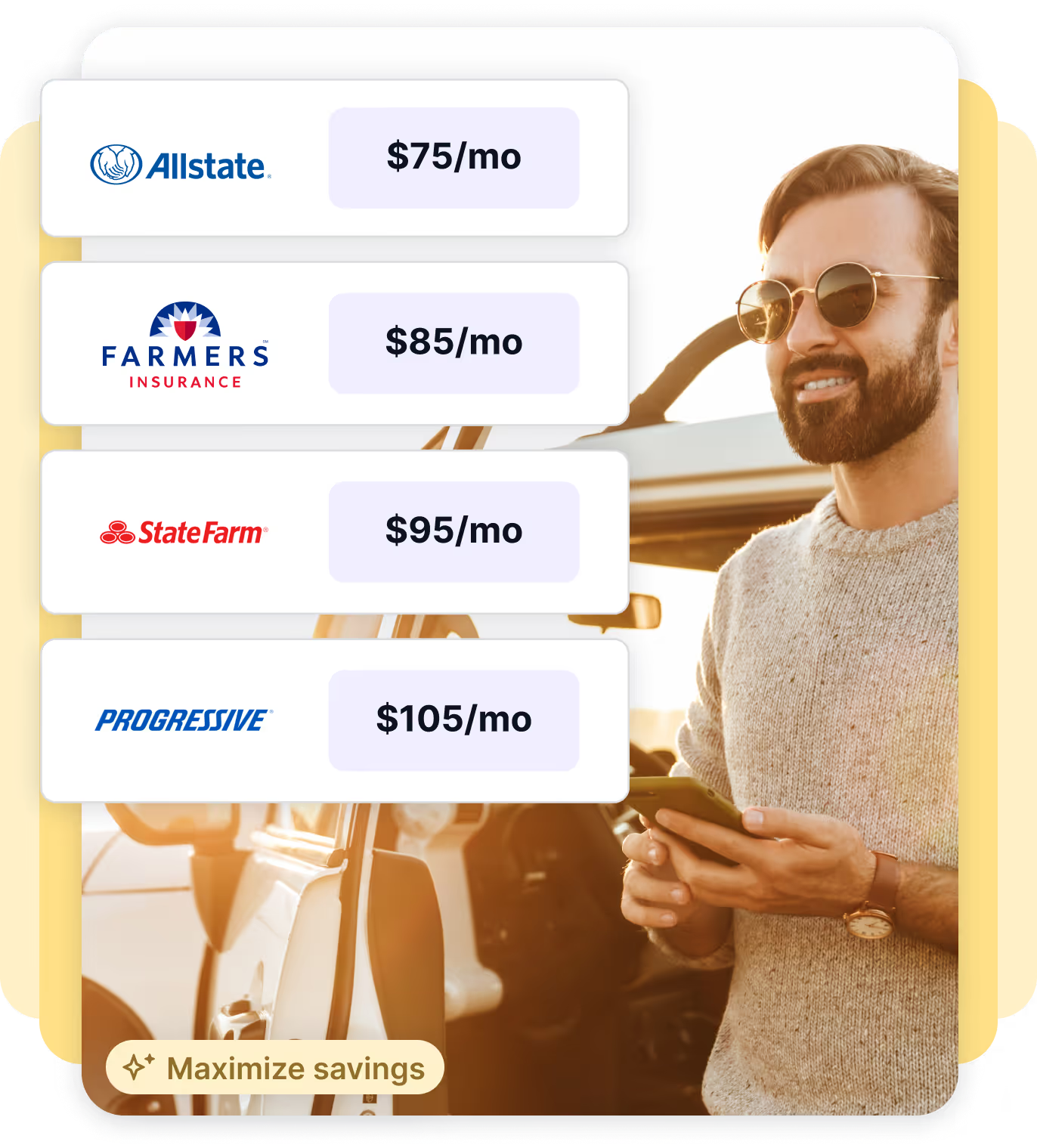
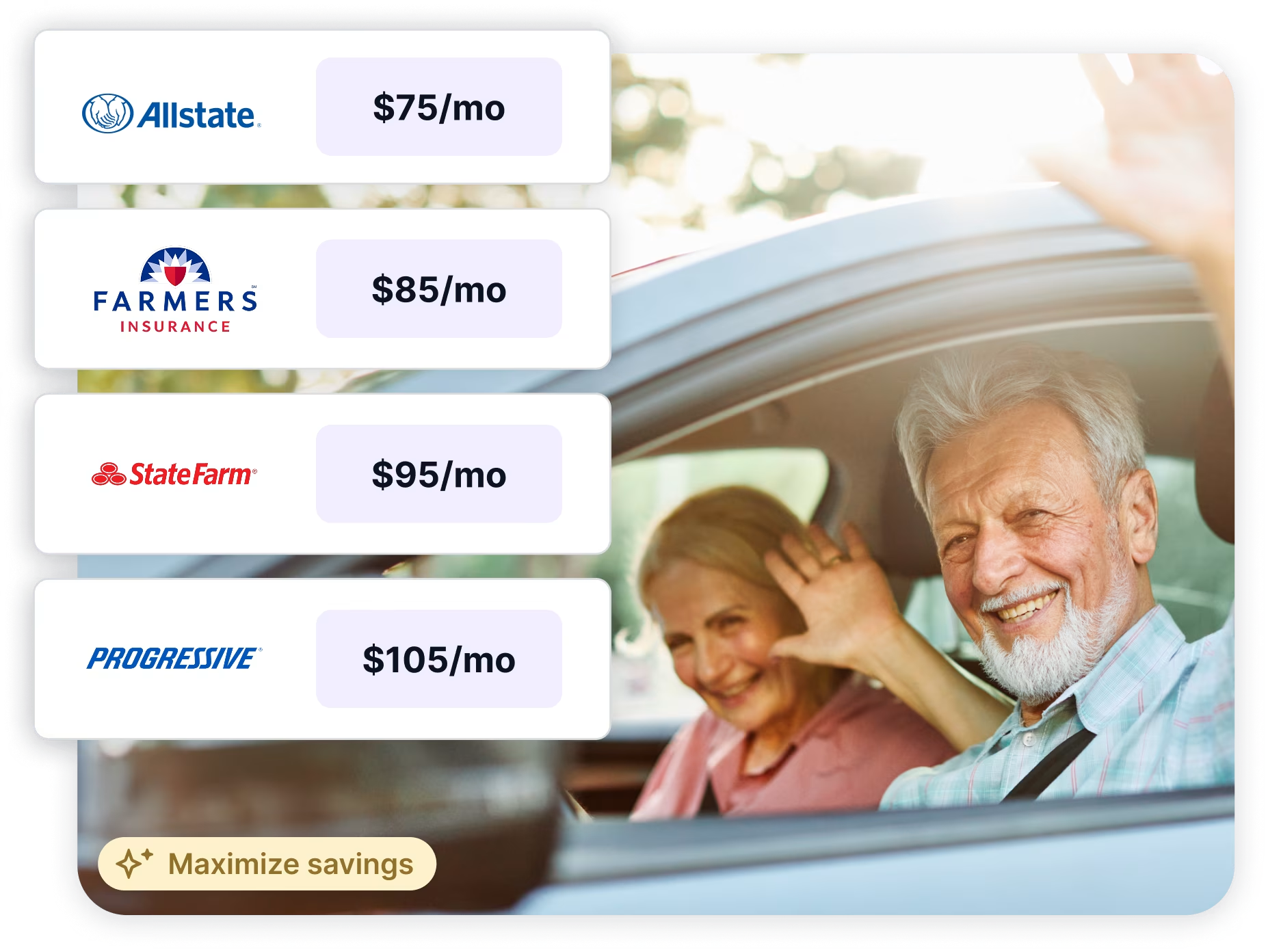
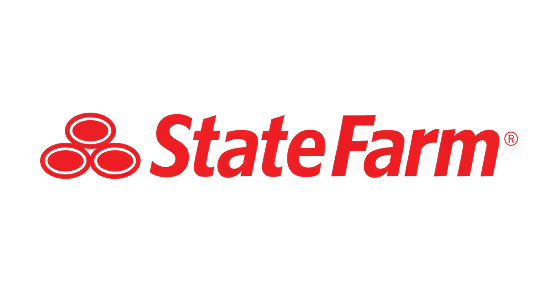
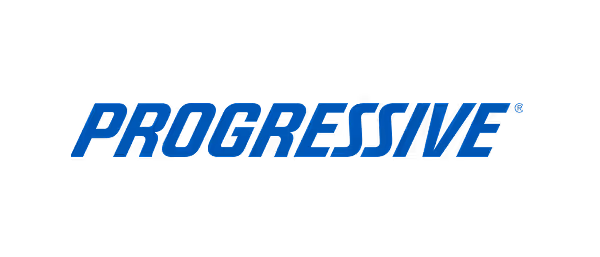
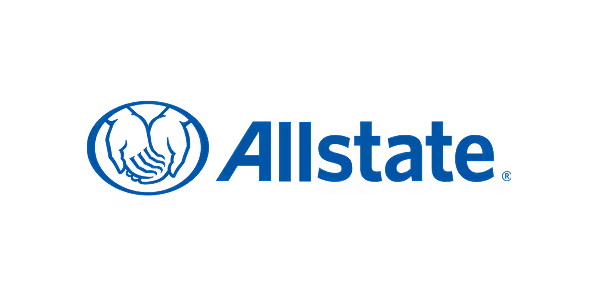



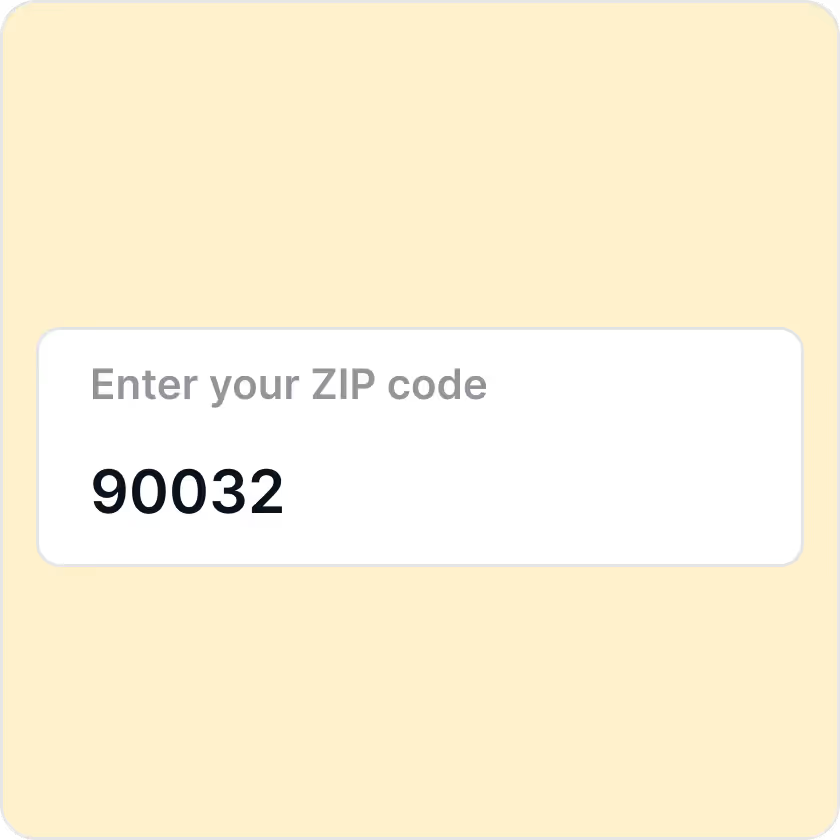

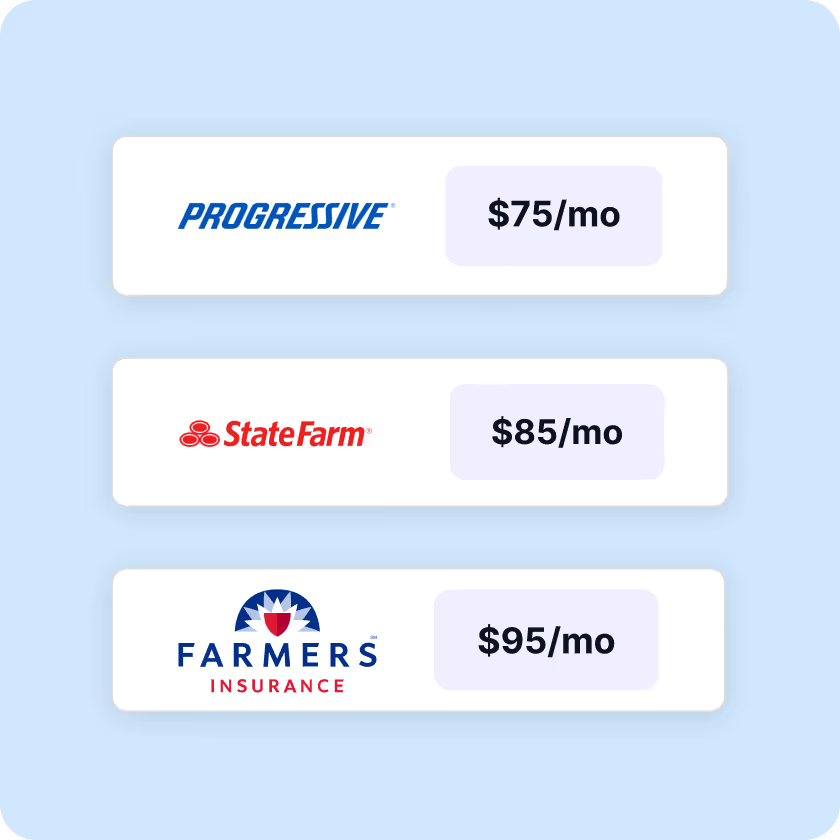
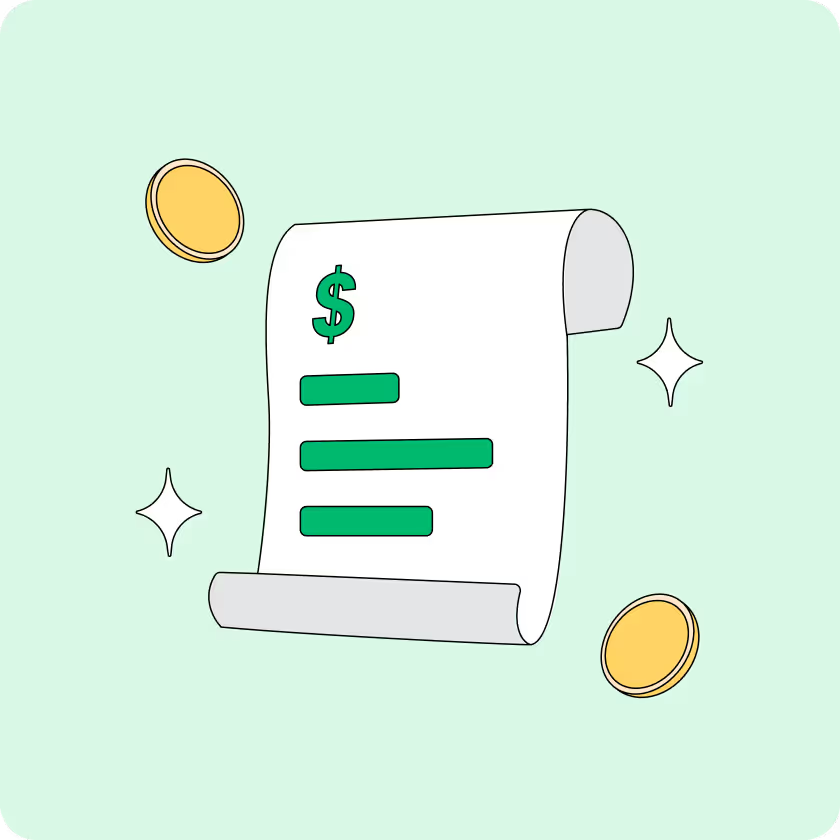

















.webp)
.webp)
.webp)
%20(1).webp)
.webp)
.webp)

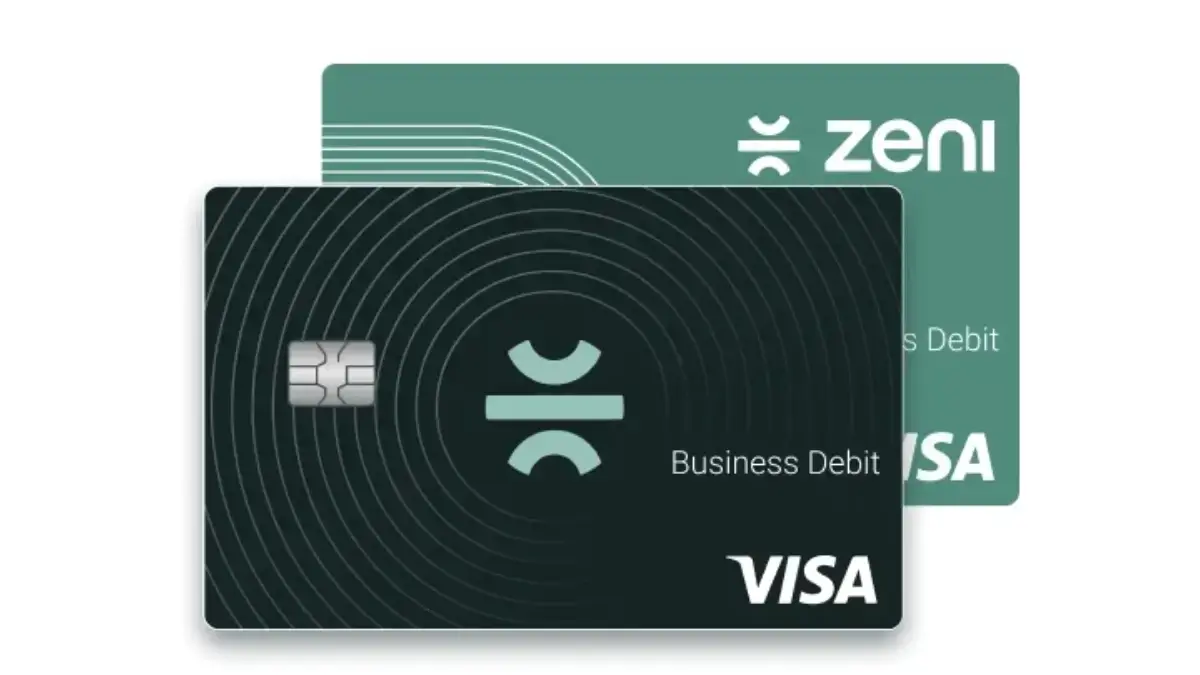
.webp)